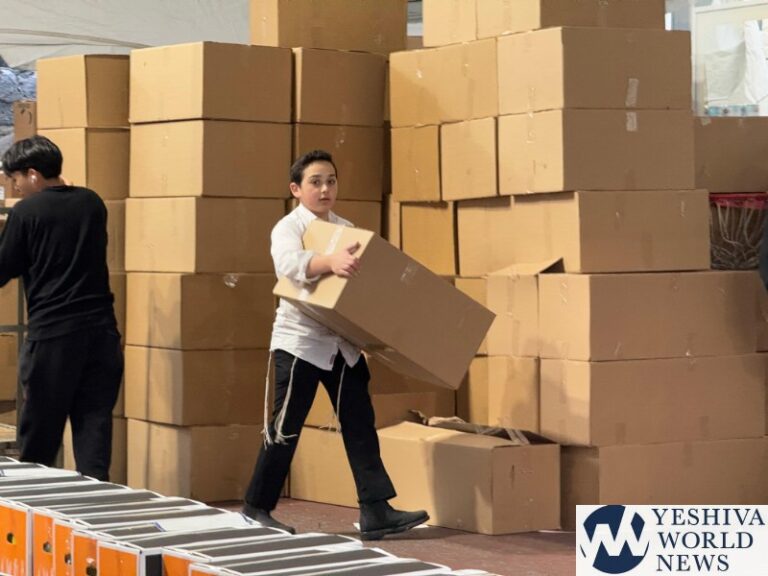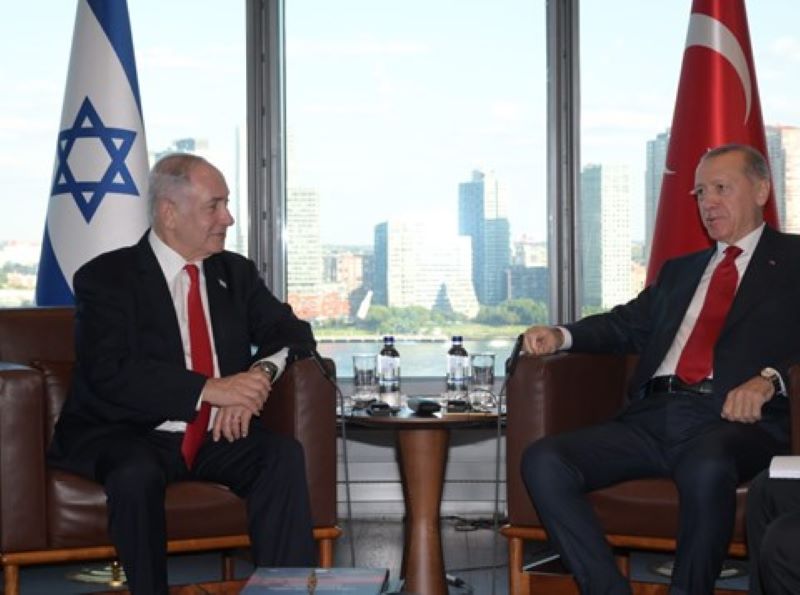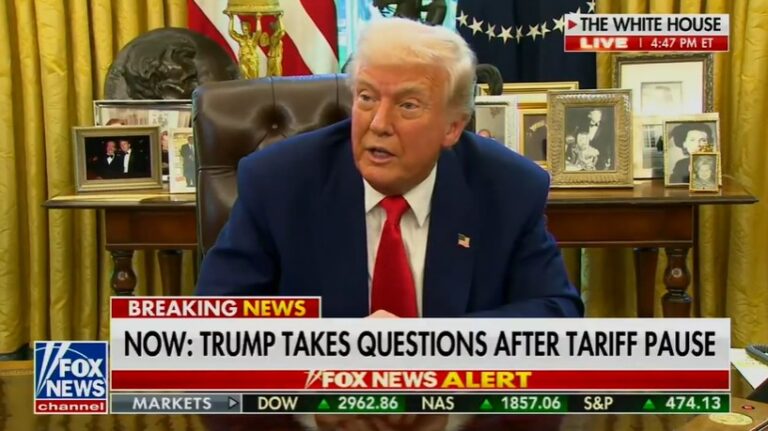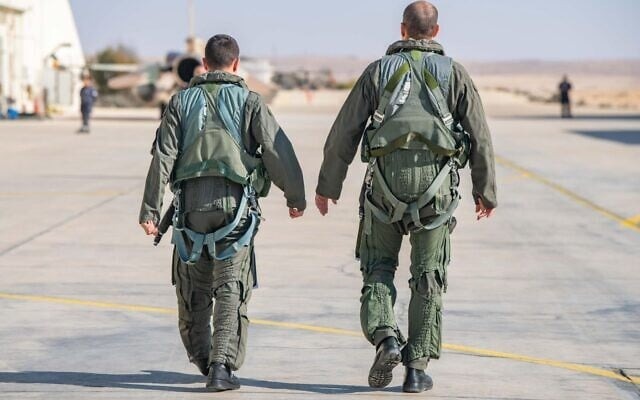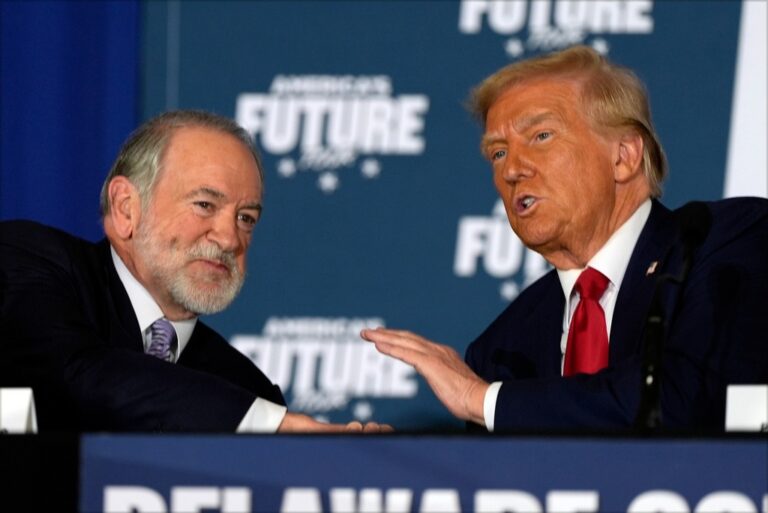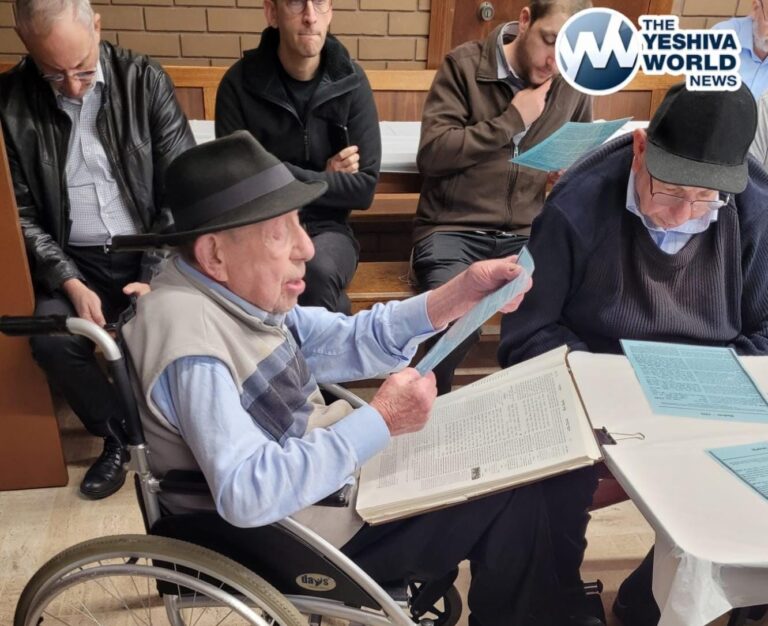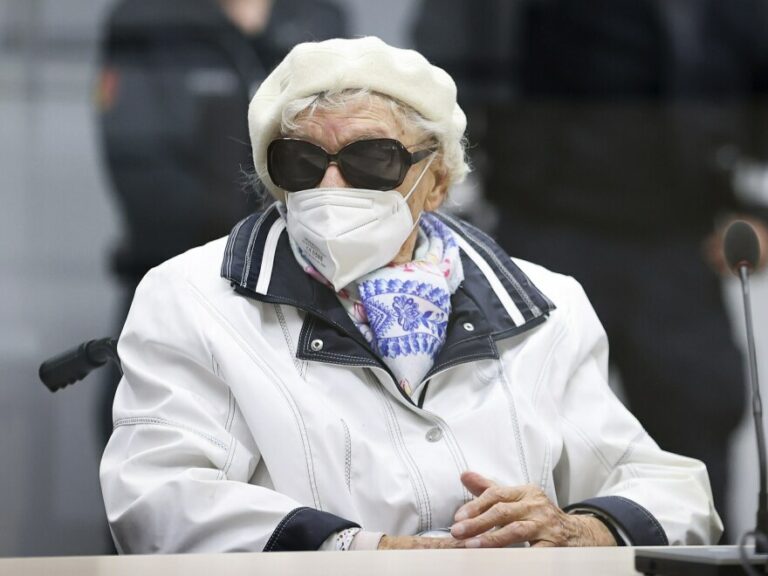Iran has further increased its stockpile of uranium enriched to near weapons-grade levels, according to a confidential report on Monday by the United Nations’ nuclear watchdog, the latest in Tehran’s attempts to steadily exert pressure on the international community.
Iran is seeking to have economic sanctions that were imposed over the country’s controversial nuclear program lifted in exchange for slowing the program down. The program — as all matters of state in Iran — are under the guidance of Iran’s supreme leader, Ayatollah Ali Khamenei, and likely won’t change after last week’s helicopter crash that killed Iran’s president and foreign minister.
The IAEA report comes against the backdrop of heightened tensions in the wider Middle East over the ongoing Israel-Hamas war. Israel and Iran have also carried out direct strikes on each other’s territories for the first time last month.
The report, seen by The Associated Press, said Iran now has 142.1 kilograms (313.2 pounds) of uranium enriched up to 60% — an increase of 20.6 kilograms (45.4 pounds) since the last report by the U.N. watchdog in February. Uranium enriched at 60% purity is just a short, technical step away from weapons-grade levels of 90%.
According to the report, Iran’s overall stockpile of enriched uranium at the current moment stands at 6,201.3 kilograms (1,3671.5 pounds), which represents an increase of 675.8 kilograms (1,489.8 pounds) since the International Atomic Energy Agency’s previous report.
IAEA’s definition says that around 42 kilograms (92.5 pounds) of uranium enriched to 60% is the amount at which creating one atomic weapon is theoretically possible — if the material is enriched further, to 90%.
Iran has maintained its nuclear program is peaceful, but the IAEA chief, Rafael Mariano Grossi, has already warned that Tehran has enough uranium enriched to near-weapons-grade levels to make “several” nuclear bombs if it chose to do so. He has acknowledged the agency cannot guarantee that none of Iran’s centrifuges may have been peeled away for clandestine enrichment.
Tensions have grown between Iran and the IAEA since 2018, when then-President Donald Trump unilaterally withdrew the United States from Tehran’s nuclear deal with world powers. Since then, Iran has abandoned all limits the deal put on its program and quickly stepped up enrichment.
Under the original nuclear deal with world powers, Iran was allowed to enrich uranium only up to 3.67% purity, maintain a stockpile of about 300 kilograms and use only very basic IR-1 centrifuges — machines that spin uranium gas at high speed for enrichment purposes.
In an effort to ensure Iran could not develop atomic weapons, world powers struck a deal with Tehran in 2015 under which it agreed to limit enrichment of uranium to levels necessary for generating nuclear power in exchange for the lifting of economic sanctions. At the time, U.N. inspectors were tasked with monitoring the program.
The report also said that Tehran has not reconsidered its September 2023 decision to bar IAEA inspectors from further monitoring its nuclear program and added that it expects Iran “to do so in the context of the ongoing consultations between the (IAEA) agency and Iran.”
According to the report, Grossi “deeply regrets” Iran’s decision to bar inspectors — and a reversal of that decision “remains essential to fully allow the agency to conduct its verification activities in Iran effectively.”
The IAEA report also said that the deaths of Iran’s President Ebrahim Raisi and Foreign Minister Hossein Amirabdollahian have triggered a pause in the IAEA’s talks with Tehran over improving cooperation.
Iran has suggested that discussions related to the cooperation between the IAEA and Iran “be continued in Tehran ‘on an appropriate date that will be mutually agreed upon’,” the report said.
The report also said Iran has still not provided answers to the IAEA’s years-long investigation about the origin and current location of manmade uranium particles found at two locations that Tehran has failed to declare as potential nuclear sites, Varamin and Turquzabad.
It said the IAEA’s request need to be resolved, otherwise the the agency “will not be able to confirm the correctness an completeness of Iran’s declarations” under the deal.
The report also said there was no progress so far in reinstalling more monitoring equipment, including cameras, removed in June 2022. Since then, the only recorded data is that of IAEA cameras installed at a centrifuge workshop in the city of Isfahan in May 2023 — although Iran has not provided the IAEA with access to this data.
The IAEA stated that on May 21, IAEA inspectors after a delay in April “successfully serviced the cameras at the workshops in Isfahan and the data they had collected since late December 2023 were placed under separate Agency seals and Iranians seals at the locations.”
(AP)


